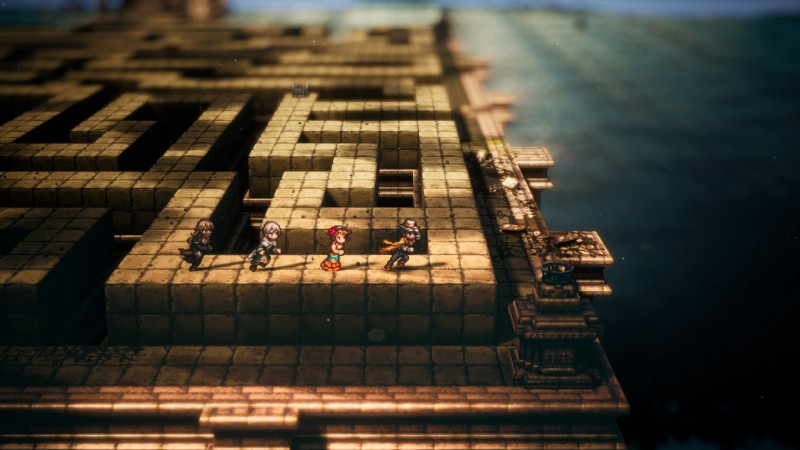In an age where remakes and retro-inspired projects try to recreate classic games of old, Octopath Traveler II accomplishes something impressive. Despite being rooted in modern design with many features, it effortlessly captures the spirit, style and sense of adventure of the best RPGs from the SNES era, while still innovating and yet showing life in turn-based battles. Used to be. It’s even more remarkable considering that Octopath II’s most significant changes are small and subtle.
On the surface, Octopath Traveler II looks like a clone of the original. You choose one of eight adventurers to start with, collect the remaining seven as you progress, and finally see how their stories add up, even if only to a lesser extent. A series of improvements, including refined storytelling and more complex characters, make Octopath II feel deeper and more exciting than what the original game tried to achieve.
Even narrative setups that should be trite should have enough subtleties to keep them interesting and the characters relatable. For example, Oswald is your typical tale of revenge, but he’s so broken inside that he rarely speaks except in internal monologues. Faced with evil Oshet, the happy hunter, is an ancient force that threatens to destroy the world – but also harbors a deep-rooted racism against her people.
The characters are darker, but their actions outside of battle are still at odds with the world. You can commit heists with violence against an entire city and suffer no consequences, which among other things gives the impression of an RPG playground rather than a living world.
The combat basics also remain the same, though that’s not a bad thing. Enemies have weaknesses that, when exploited, reduce their armor points until they break down and enter a stun state. Allies can save boost points and spend them to increase their attack power, and you can mix and match secondary job classes to create powerful hybrid warriors.
While the structure is unchanged, Square Enix has made some welcome changes to most job classes including some new abilities that change the flow of battles and manage to keep the combat feeling fresh. One of these new improvements is each character’s latent power, an ability that amplifies their other skills in a powerful way. Encounters feel better balanced, with a tense rhythm of smart choices made at the right times, and they don’t overstay their welcome.
Grinding to level up is now easier, thanks to a day and night system where stronger monsters emerge at night. It’s worth taking a walk in the dark anyway, just to see how the world turns.
Octopath II’s map is a significant improvement from the original. Square Enix has stuffed secrets big and small into nearly every corner of the continent, and it’s always worth tracking them down. For every common treasure and restorative item you find, there’s a hidden dungeon, a secret job, or an abandoned village with a tempting new find that only appears at night.
Square Enix’s HD-2D visual style has evolved as a medium, and the evidence is on display through the game’s highly detailed environments and layers of interest. It’s also literally on the display, as the filter that blurs out anything around you is, thankfully, gone. The result of all this is a gorgeous, rich world that’s truly a joy to explore.
Octopath Traveler II does what an excellent sequel should do. Instead of breaking new ground left and right, it improves on the original in almost every way and feels more confident about the stories it tells. There’s still room for improvement in some of its rougher areas, but Octopath II is a spectacular achievement all around.
